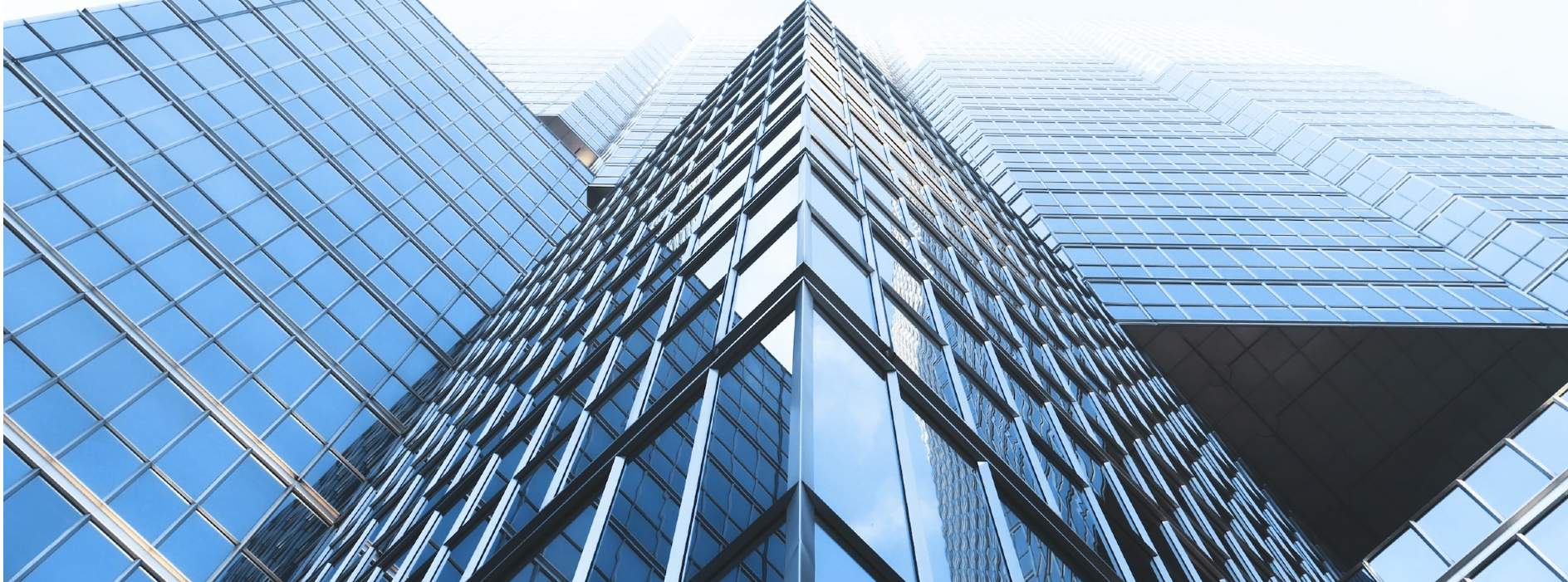For office tenants considering how much and what type of office space is needed, how often employees need to be in it, and business planning around higher costs elsewhere in the supply chain, the cost of real estate comes into focus. But for those after new space with the latest sustainability standards there has to be an acceptance of higher rents, wherever you look across UK office markets.
While many have been enjoying the summer sun, developers have been scratching their heads, wondering how to deal with significant shifts in key project model inputs which, combined, make office development now seem far less viable.
Rising construction costs have been talked about for some time but we are now at a point where developers are placing contracts for delivery next year, 2024 or even into 2025 and, not surprisingly, tender pricing is way up. This isn’t by just a small amount: there are really meaningful cost increases across large parts of project budgets. The rate of change might be softening but costs are still very high, with no sign of falling prices.
Developers have to allow for contingency costs too because we have also seen contractors unable to stick to earlier price indications.
Just as a note, some of this is because tenants quite rightly are seeking the latest standards in amenity and sustainability. The former often means a loss of rentable floor area, the latter typically means just more expensive kit. No one is arguing against it but it does costs more.
More recently we have another trigger for value diminution. As interest rates increase, we have seen the prospect of higher yields as investors require more return to compensate for higher cost of money. I say prospect because there isn’t a body of evidence yet but everyone knows market yields have been under outward pressure. So developers can’t continue to assume very low exit or valuation yields in their appraisals; it would be folly. On top of that, high cost of money will also be a higher cost to appraisals, both in terms of debt and equity cost.
Put all of this together and you arrive at materially reduced viability, in some cases projects that only show a loss.
Tenants should ask themselves a simple question: would you embark on a business investment which, at the outset, doesn’t show profitability?
There are two options. Either rents rise, materially and pretty quickly, or the new product that we all want to see delivered with the latest sustainability standards just won’t get built. The latter is a real prospect, with some developers now actively considering their options. We risk a stand-off resulting in the market grinding to a halt, with the opportunity of London leading the charge to net zero being lost while tenants soldier on in lower quality, outdated and carbon emitting space.
For tenants, this would mean they can secure the best new space with the latest sustainability credentials. Indeed, for some they can assume a lower space take given new working practices which in turn might mean that, although the rate per sq ft is higher, overall cost would be lower.
Of course the other option is older, less sustainable, lower amenity space (of which there’s likely to be an abundance) but our inclination, given that take-up is focused on Grade A, is that this is against the trend.


(1).jpg)

.jpg)



.jpg)

